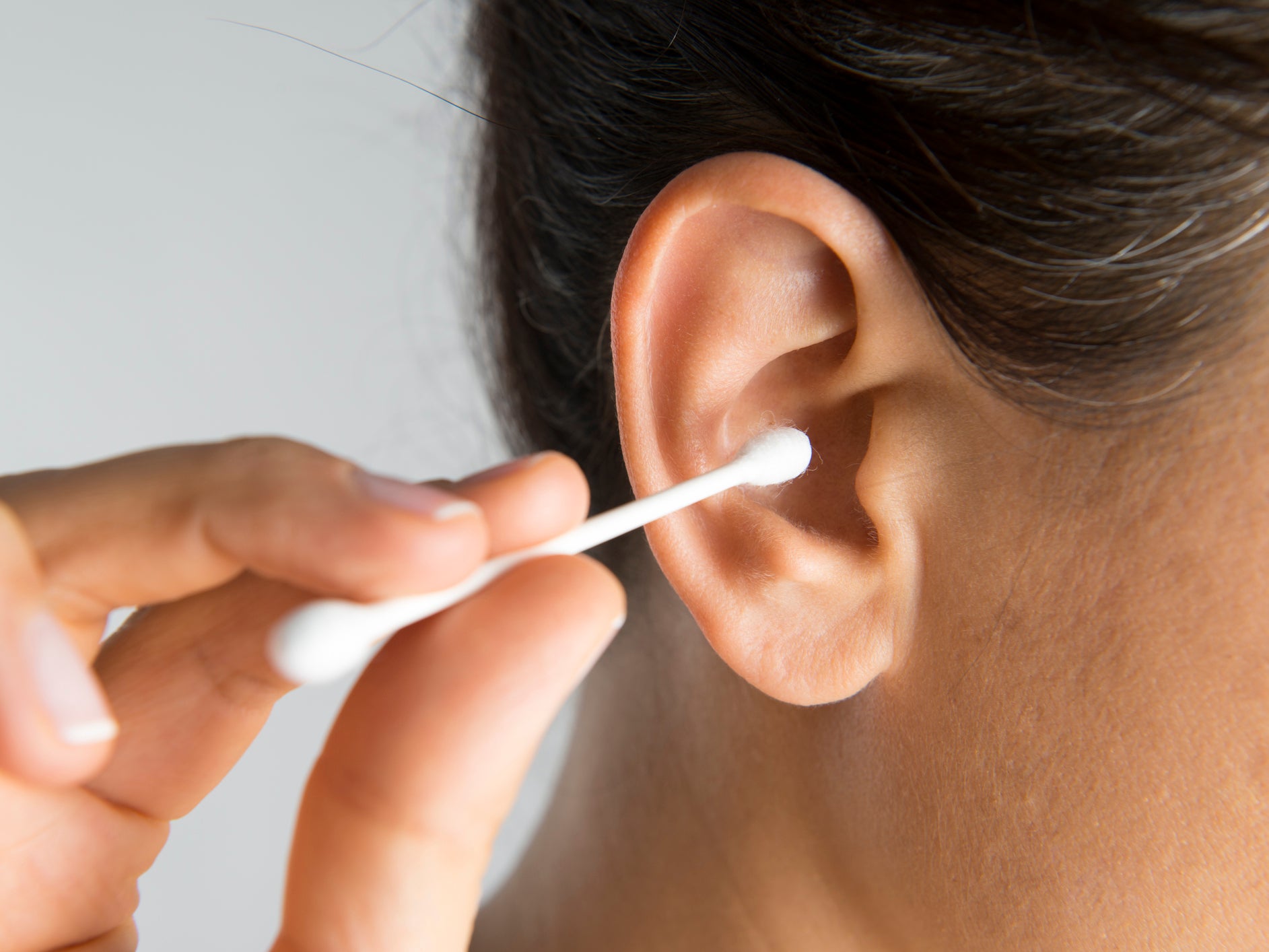The Independent's journalism is supported by our readers. When you purchase through links on our site, we may earn commission.
Nearly 90% of British people use cotton buds incorrectly - here's how
If you thought cotton buds were supposed to be used to clean your ears, think again

Your support helps us to tell the story
From reproductive rights to climate change to Big Tech, The Independent is on the ground when the story is developing. Whether it's investigating the financials of Elon Musk's pro-Trump PAC or producing our latest documentary, 'The A Word', which shines a light on the American women fighting for reproductive rights, we know how important it is to parse out the facts from the messaging.
At such a critical moment in US history, we need reporters on the ground. Your donation allows us to keep sending journalists to speak to both sides of the story.
The Independent is trusted by Americans across the entire political spectrum. And unlike many other quality news outlets, we choose not to lock Americans out of our reporting and analysis with paywalls. We believe quality journalism should be available to everyone, paid for by those who can afford it.
Your support makes all the difference.When you notice a build-up of wax in your ears, your first port of call may be to raid your bathroom cupboard for those handy cotton buds to give your ears a good clean.
Not only can doing so be harmful for your ears, but it's also not what cotton buds were originally made for.
According to new research conducted by YouGov, 62 per cent of Brits said one of their uses for cotton buds was to clean their ears.
This goes against medical advice, with the NHS stating that you should "never" try to remove earwax with a cotton bud, your fingers or any other object.
Of the 1,730 surveyed for the study, more than a fifth said that their only use for cotton buds is cleaning their ears.
The study also found that men are more likely than women to exclusively use cotton buds for earwax removal, with 31 per cent of men admitting to doing so, in comparison to 14 per cent of women.
Invented by Polish-American Leo Gerstenzang in the 1920s, the cotton bud was originally conceived as a baby hygiene product.
They've since gone on to be used for a multitude of purposes, including for touching up makeup or nail polish, cleaning household items and for arts activities.
A third of the study's participants said that they use cotton buds to clean items in their home, while a quarter stated that they use them for touching up nail polish mistakes.
A fifth also said they use cotton buds for either applying or removing makeup, while 18 per cent use them for arts and crafts.
Of all those surveyed, only 12 per cent were found to be using cotton buds correctly, meaning that they never use them for removing wax from their ears.
Between 1990 and 2010, more than a quarter of a million children in the US were admitted to hospital emergency rooms on account of injuries sustained from cotton buds.
It's estimated that more than 13,000 children in the US are hospitalised due to use of cotton buds on an annual basis.
In February 2017, it was reported that manufacturing company Johnson and Johnson was going to stop selling plastic cotton buds in half the countries in the world.
The announcement was made following a campaign to combat marine pollution.
The company stated that it was going to use paper instead of plastic for the stick of the buds.
In January 2018, the Scottish government announced that the sale and manufacture of plastic cotton buds was going to be outlawed in the country, in an effort to tackle marine litter.
Join our commenting forum
Join thought-provoking conversations, follow other Independent readers and see their replies
Comments